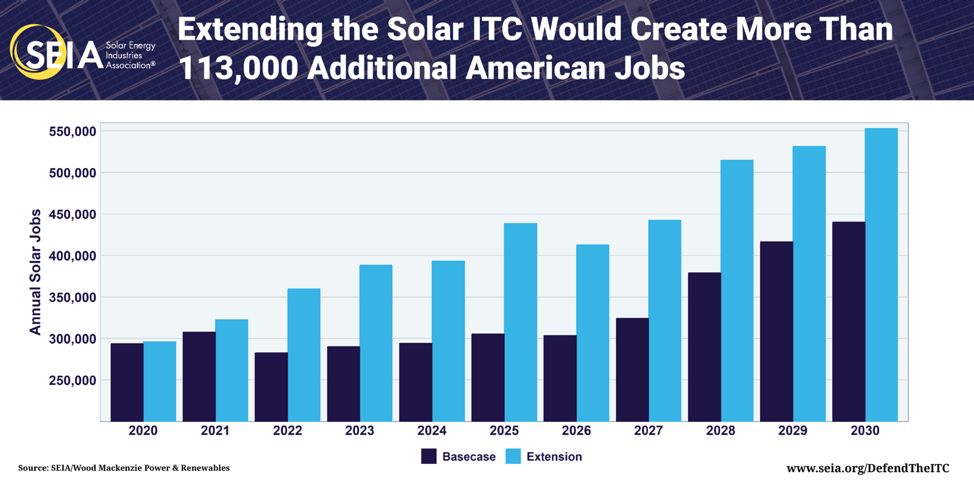Industry Outlook: 5 Takeaways from Solar Power International ‘19
- 19/10/29
- Business of Solar,Panel Talk and Technology
With the book closed on another successful Solar Power International (SPI), we’ve got the scoop on the biggest stories and what’s in store for this sector. From innovations to incentives, the future looks bright for the solar power industry.
As we look ahead to the rest of this year and even into 2020, here are our five biggest takeaways from SPI 2019:
1. Smart Energy Week
Perhaps the biggest takeaway from SPI 2019 revolves around building a smarter energy grid. There’s been an increasing convergence of renewable energy sources. Panelists and experts at SPI noted that this merging will help flatten the energy grid’s peaks and valleys that arise from supply and demand issues.
Two of the ways solar looks to improve the grid is through more efficient energy generation and storage. More investment in smart technological solutions can help usher in an era of clean, renewable energy across the grid.
2. Ongoing uncertainty around the ITC
A common refrain throughout SPI was a succinct but important message: Defend the solar investment tax credit.
For years, the ITC has served as a main driver of new solar PV installations. Now though, its status is currently up in the air, as it’s set to phase out by 2021 for residential projects. The commercial credit drops to 10 percent in 2021. With traditional energy industries like coal, nuclear and natural gas hoarding a lot of political clout, extending the ITC will be a challenge.
However, new research from Woodward Mac and SEIA indicates that an ITC extension could help increase solar PV installations by 36 percent through 2030. This could result in an additional 82 gigawatts of solar deployments, approximately 113,000 new jobs, and drive $87 billion in economic investment.

3. Bifacial is here to stay
Bifacial solar modules have been one of the biggest technological innovations in recent years, and they’re definitely here for the long haul. Plenty of booths and panelist at SPI lauded what the potential bifacial modules have to offer to customers in solar markets around the country.
Using lenses on both sides of the solar cells allows bifacial modules to absorb more sunlight for greater energy generation and overall efficiency. This equals a faster return on investment for stakeholders.
The recent reversal of the exemption to the Section 201 tariffs came as a bit of a surprise to the industry. However, this shouldn’t stop the proliferation of bifacial modules hitting the market.
4. Diversification of the solar industry
There’s a growing body of research that connects diversity on teams and management to better financial performance. The solar sector’s increasing diversification is a step towards a more equitable and inclusive industry.
The National Solar Jobs Census 2018 included in a diversity report published by the Solar Foundation found that “women represented 26.3% of the solar workforce, while gender non-binary employees comprised 1.4%. Hispanic or Latino workers represented 16.9% of the workforce, Asian workers represented 8.5%, and black or African American workers comprised 7.6%.”
According to the Solar Foundation’s report, “the business case is a big reason more senior leaders at companies - 73%- say achieving equality for women in the workplace is a priority, up from 56% four years ago.”
5. Panel end-of-life considerations
In addition to providing clean, renewable energy, panelists at SPI also shared their thoughts about how to tackle end-of-life recycling challenges for solar modules and components. Right now, this is a top subject as many modules commissioned in the mid to late 90s are now reaching the end of their useful 20 to 25-year lifespans.
Thankfully, the industry has been making a concerted effort to ethically repurpose and recycle these components. This includes placing a higher emphasis on implementing a comprehensive program to assess and determine whether to responsibly dispose or repurpose modules. This creates a more sustainable life cycle for every aspect within the solar industry.
Relevant Topics
Smart Energy Solutions
delivered straight to your inbox

